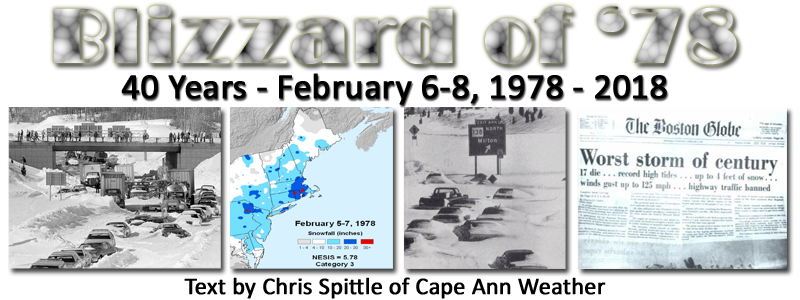
Images
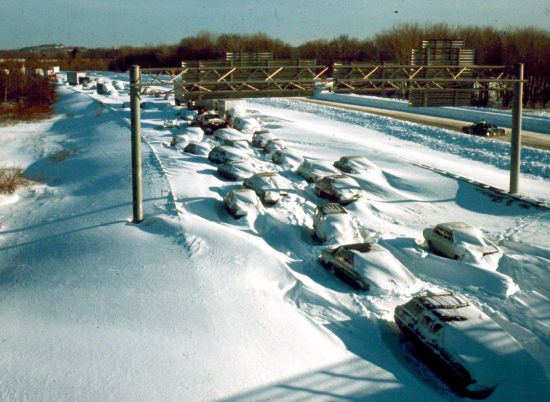 Route 128 |
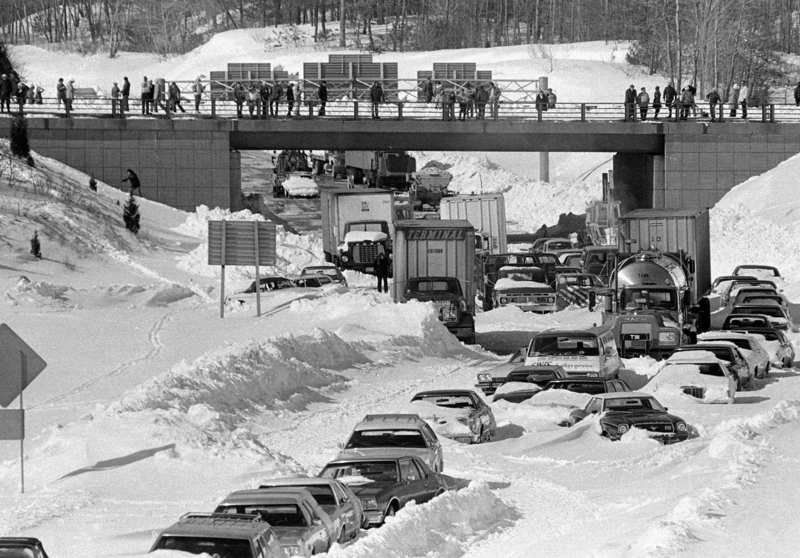 Route 128 |
||
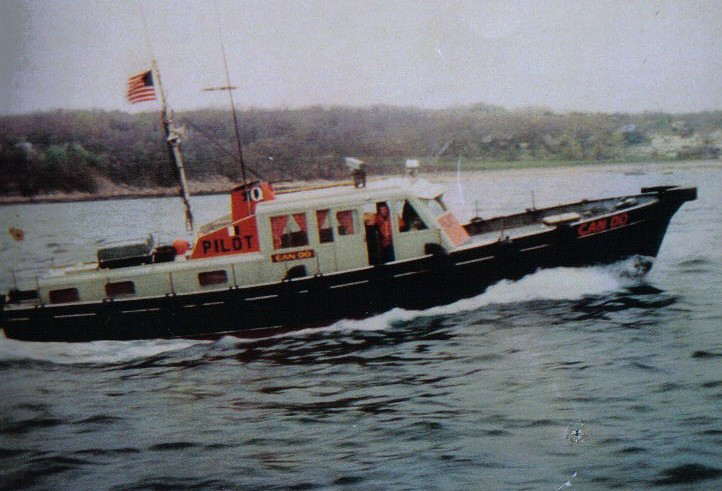 Pilot Boat 'Can Do' |
 Pigeon Cove, Rockport |
||
 LDestroyed Lanesville Seawall, Gloucester |
 Destroyed Fish Shack, Pigeon Cove, Rockport |
||
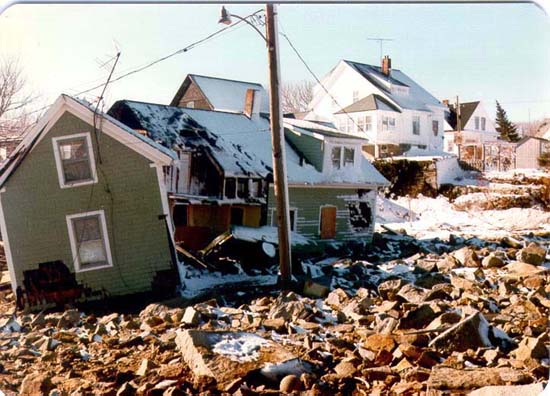 Pigeon Cove, Rockport |
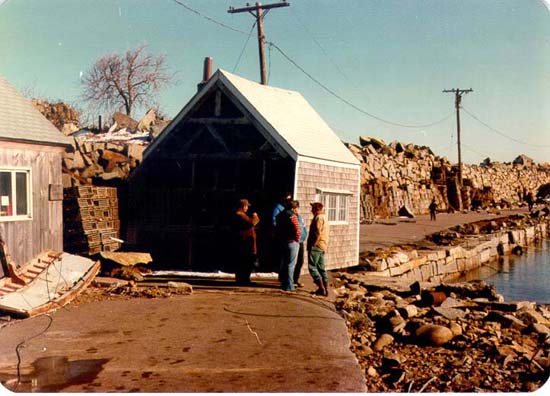 Relocated Fish Shack, Pigeon Cove, Rockport |
||
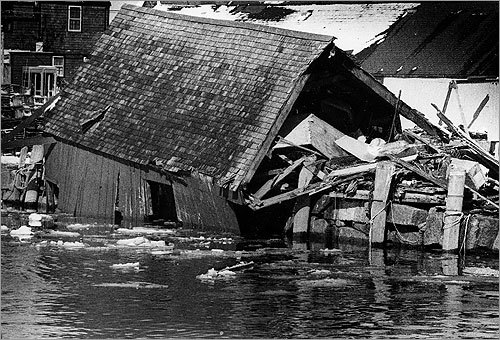 Rockports iconic Motif #1 was destroyed |
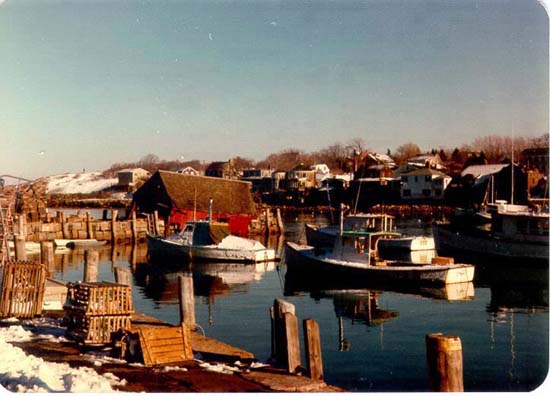 Rockports iconic Motif #1 was destroyed |
||
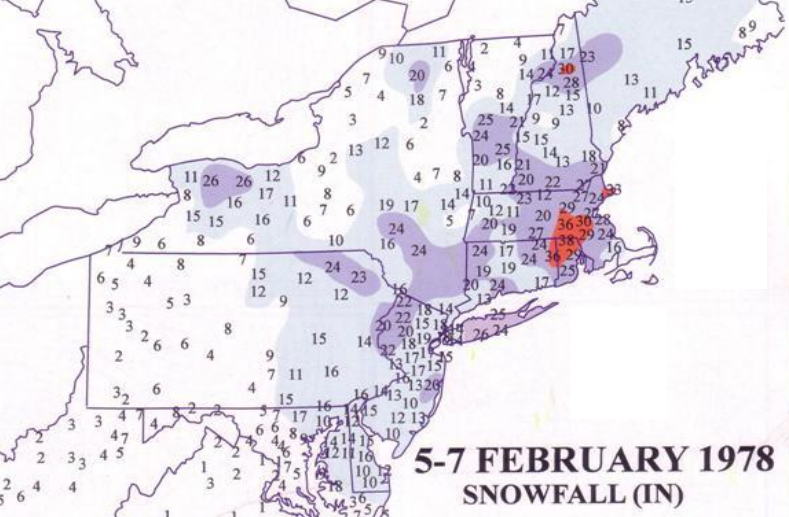 Snowfall was reported at 33" on Cape Ann |
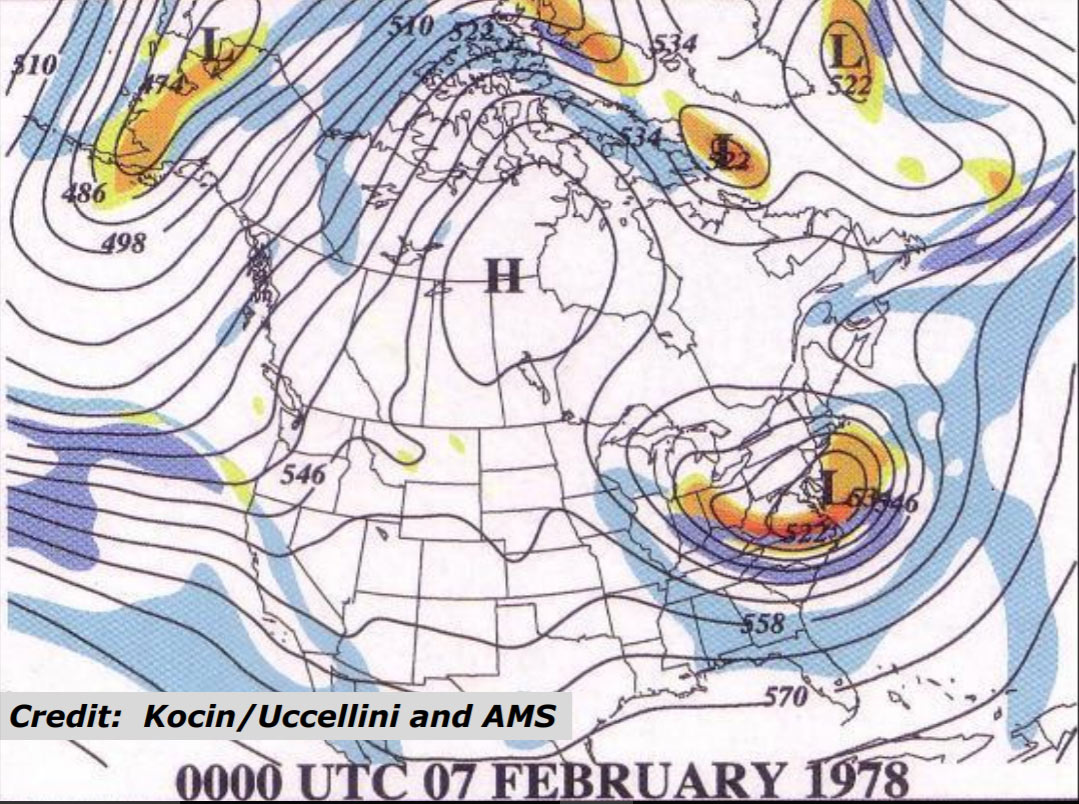 Surface map at 700am February 7, 1978 |
||